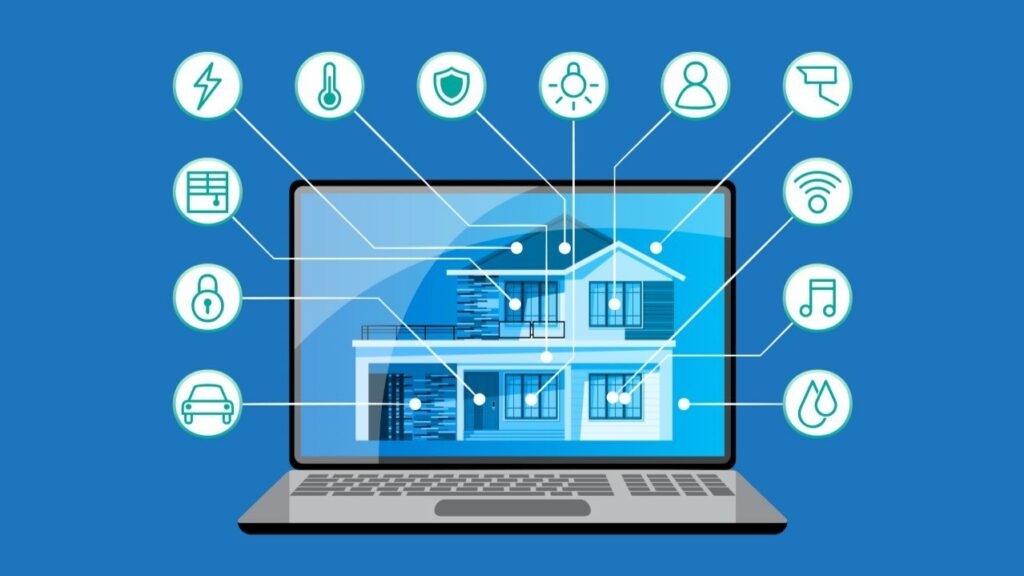

Lead Engineer @ Blue Ripples Technologies
IoT systems, especially those managing critical infrastructure like energy management, require rigorous testing to ensure reliability and efficiency. Co-simulation, a powerful technique that involves modeling and interacting with various system components in a digital environment, offers a valuable approach to accelerate development and minimize risks.
This article discusses how co-simulation was effectively leveraged to enhance the test suite for an IoT system that controls energy usage in millions of homes. The system monitors appliances, learns user habits, and adjusts energy consumption to save money. By simulating real-world conditions in a digital environment, co-simulation accelerated development, reduced costs, and ensured system readiness.
The test suite needed to cover a wide range of scenarios, from normal operation to peak load events and individual appliance behavior. To achieve this, the following models were developed:
HELICS (Hierarchical Engine for Large-Scale Infrastructure Co-Simulation) is an open-source co-simulation framework for energy systems. It supports large-scale simulations of electric power systems, communication networks, markets, and end-use applications. Designed for flexibility and scalability, HELICS runs on various platforms and supports both event-driven and time-series simulations. It enables multiple simulation models to interact and exchange data, creating a comprehensive co-simulation environment.
GridLAB-D is a powerful tool for analyzing and designing power distribution systems. It offers advanced modeling techniques and high-performance algorithms to provide valuable insights for utilities and system operators.
NS-3 is an open-source network simulation platform designed for research and education. It provides models of packet data networks, allowing users to conduct controlled experiments and study system behavior. While focusing on Internet protocols, ns-3 can also be used to model other network-based systems.
To represent the one million houses in the suite, a comprehensive GridLAB-D model was developed. This model included:
The GridLAB-D model was designed to be compatible with HELICS’s data structures and communication protocols, ensuring seamless integration.
To represent a realistic network infrastructure, the NS-3 network scenario included:
The network parameters were carefully configured to reflect the expected conditions of the specific network technology being simulated, ensuring that the simulation accurately captured potential challenges and limitations.
To represent a realistic network infrastructure, the NS-3 network scenario included:
The network parameters were carefully configured to reflect the expected conditions of the specific network technology being simulated, ensuring that the simulation accurately captured potential challenges and limitations.
To enable communication and data exchange between GridLAB-D and NS-3, a HELICS-based integration was implemented:
Co-simulation, facilitated by HELICS, proved to be an invaluable tool in enhancing the IoT system’s test suite. By creating a digital replica of real-world conditions, it enabled efficient testing, cost reduction, and early identification of potential issues. This approach ensured the system’s reliability and optimized energy management strategies.
In the future, co-simulation will continue to play a vital role in the development process. By expanding the test suite, the system’s capabilities can be further enhanced, and emerging challenges in the energy management field can be addressed. The potential benefits of co-simulation are significant, making it a promising avenue for innovation and optimization.